Weightlifting Percentage Chart: Benefits & How to Use It
Author:
Reviewed by:
(21 years of Oly Lifting experience)
Unlock your full potential by engaging with our experts and community! Have questions about your fitness journey or looking for expert advice on weightlifting techniques? Don’t hesitate — leave a comment below and Ihor Shymechko will provide a personalized answer and insights to help you reach your goals.
Torokhtiy is reader-supported. Some links are affiliate links, and we may earn a commission at no extra cost to you. See our disclosure page for details.
In the world of Olympic, weightlifting, scission, and strategic planning are crucial to achieve in performance. One of the most valuable tools for athletes is the weightlifting percentage chart which helps lifters plan and monitor their training, intensity and progression.
Understanding weight percentages is essential for designing effective training programs and enhancing overall performance. By leveraging this chart athletes can ensure that they are lifting the right amount of weight to maximize their strength gains while minimizing the risk of injury.
A weightlifting percentage chart helps determine the weight to lift based on a percentage of 1 Rep Max. This tool optimizes training by guiding intensity for various exercises, ensuring balanced progress and reducing injury risk. It adapts to involving strength levels, aiding in building strength, endurance and power.
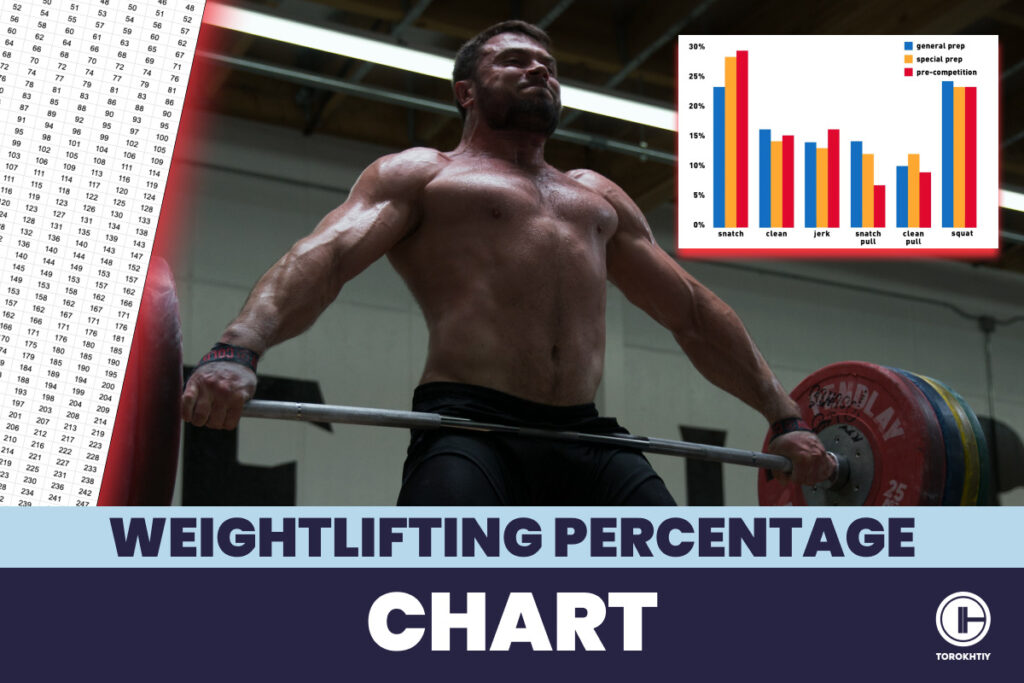
Additionally, these charts provide a structured approach to training, allowing lifters to set realistic and achievable goals. This systematic method not only improves performance, but aids in preventing overtraining and injuries, which are common pitfalls in weightlifting.
Whether you are a novice looking to build foundational strength or an elite athlete, aiming for a new record, using weightlifting percentage charts is a fundamental aspect of successful training. Let’s take a deeper look at it in this article.
Weightlifting Percentages
1. How They Are Calculated – 1RM
The foundation of weightlifting percentages lies in the concept of the 1 Rep Max (1 RM). The 1 RM is the maximum amount of weight you can lift for a single repetition of an exercise. To create a 1 rep max chart athletes typically perform a series of lifts to estimate their 1 RM.
For instance, if you can lift 100 kg for 5 reps, there are formulas and tables available that can estimate your 1 RM for these data. One common formula is the Epley formula: 1 RM = training weight x (1 + 0,0333 x reps).
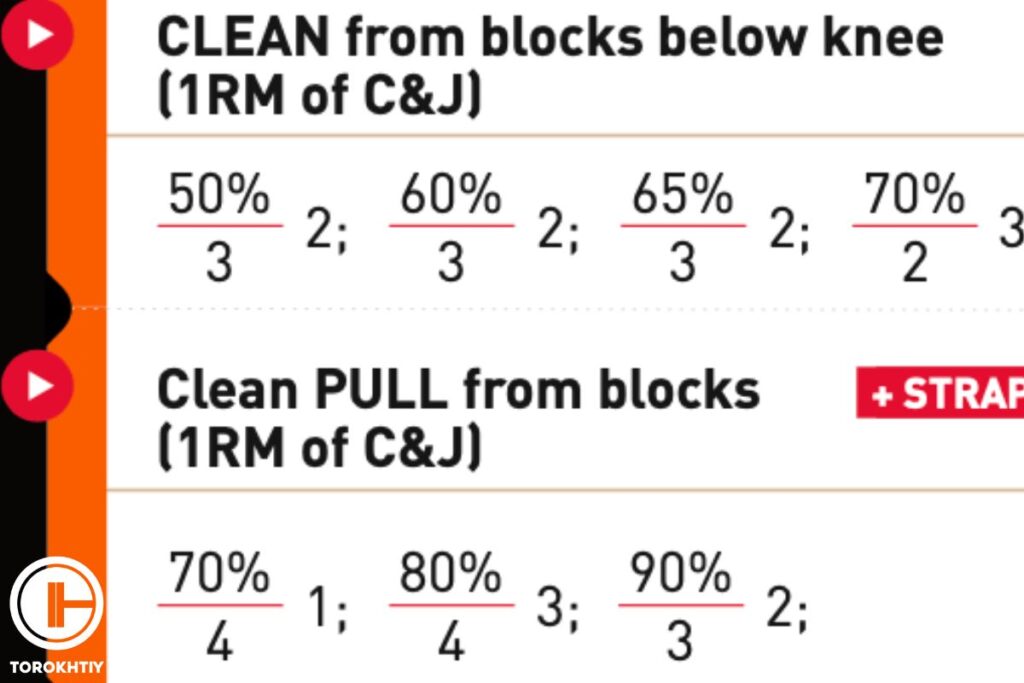
Calculating 1RM accurately is essential for creating an effective weightlifting percentage chart as it sets the baseline for determining appropriate training tools.
Understanding your 1RM helps structuring your training program efficiently, ensuring that your lift weights align your current strength levels and training goals. Accurate 1RM calculation allows for more precise training adjustments leading to optimal performance improvements.
2. Significance in Strength Training
Weight percentages play a vital role in strength training as they allow athletes to plan their workouts with precision. By using training chart lifters can set specific goals for each session ensuring they work at the right intensity to build strength and endurance progressively.
For example, training below 60% of your 1RM focuses on building local strength endurance, while training at 85-95% targets maximal strength.
Understanding these training load chart and their significance can help athletes structure their programs more effectively, leading to better performance outcomes.
Properly planned weight percentages help in optimizing workout intensity and volume, which are critical factors in achieving learn terms strength gains and avoiding plateaus.
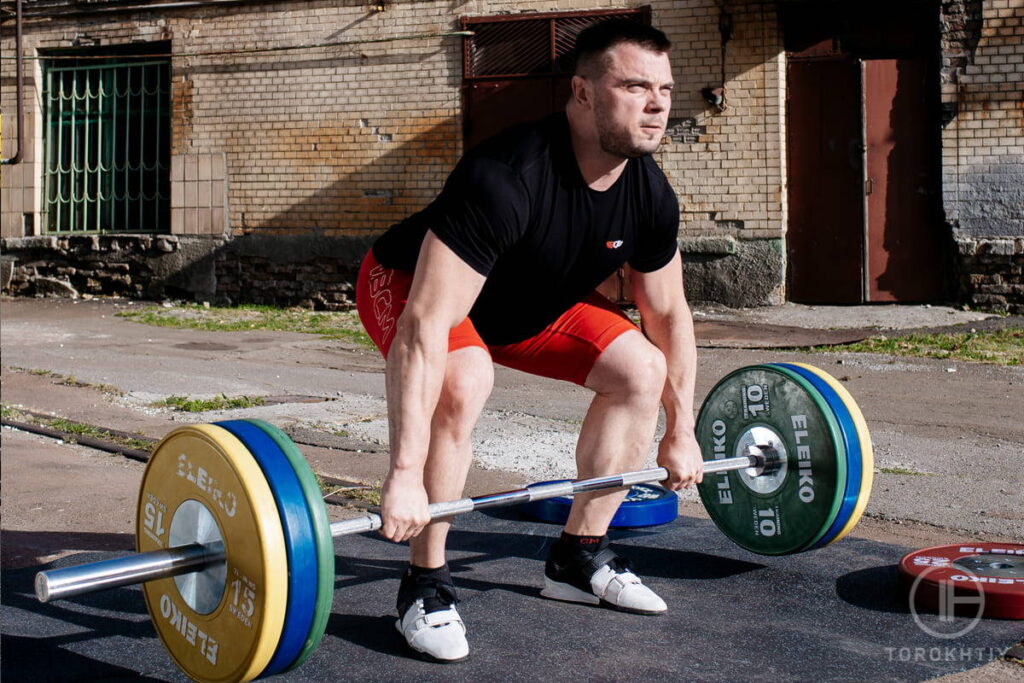
By adhering to a structured training plan based on weight percentages, athletes can ensure progressive overload, a key principle in strength training that drives continuous improvement.
2 Benefits of Using Weightlifting Percentages
✅ Individualization of Training Intensity
One of the main advantages of using weight percentage is the ability to tailor the training intensity to individual needs. This ensures that each lifter can work at their optimal intensity, whether they are beginners or advanced athletes.
For example, a beginner might train at 60-70% of their one 1RM to develop basic strength and technique, while an advanced lifter might train at 85-95% to maximize strength gains. By individualizing training intensity athletes can avoid overtraining and reduce risk of injury.
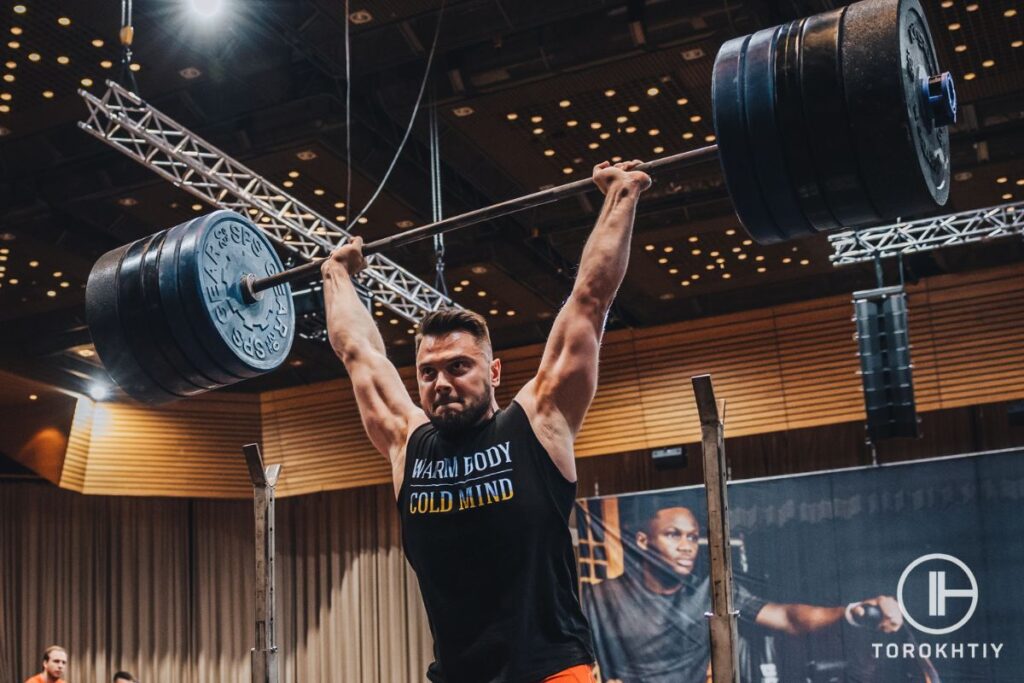
Tailored training programs based on weightlifting percentages also facilitate gradual progression, helping athletes steadily improve their performance. This individualization allows for more personalized and effective training strategies, catering to the unique needs and goals of each athlete.
✅ Monitoring of Progress
Using weightlifting percentage charts and weightlifting conversion chart allows athletes to monitor their progress over time. By tracking how their lifting percentages change, they can see improvements in strength and adjust their training loads accordingly.
For instance, if athletes’ 1RM increases, they can use a weightlifting conversion chart to determine new training loads for various exercises. This ongoing assessment helps athletes stay motivated and make decisions about their training.
Regular monitoring ensures that training remains effective and aligned with the athlete`s evolving capabilities, promoting consistent and sustainable strength gains. Additionally, this approach provides valuable feedback, enabling lifters to make necessary adjustments to their training plans and avoid potential plateaus.
Follow us!

Free!
Get a 2-week Weightlifting Program as a bonus for the subscription to kickstart your training plan!

Free!
How to Read and Use a Weightlifting Percentage Chart?
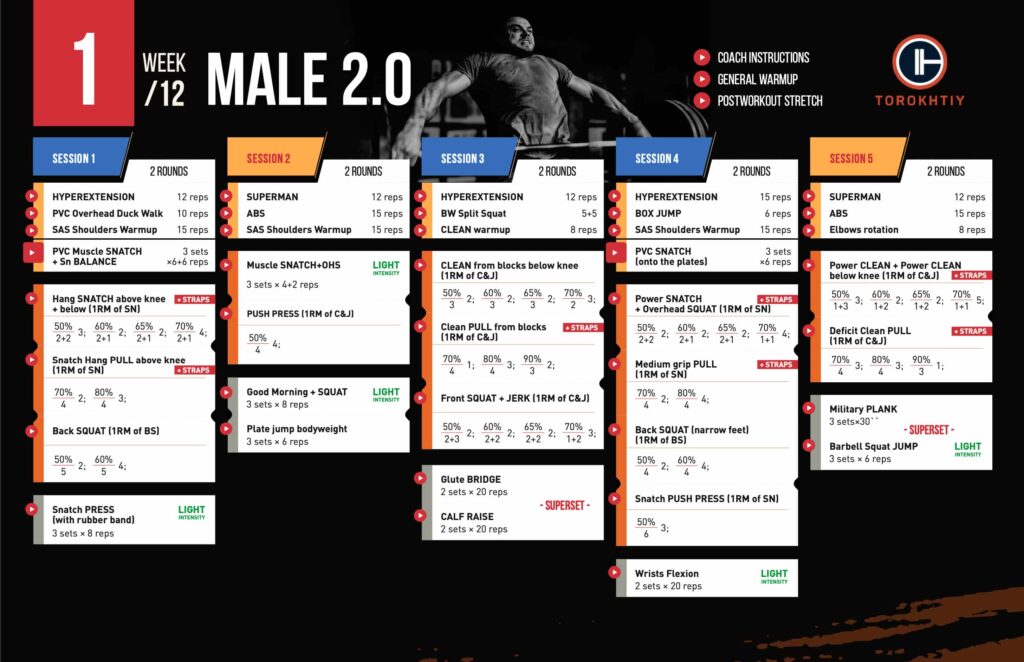
To effectively use a weightlifting percentage chart, it’s important to understand its components. Printable weight lifting percentage chart or a weightlifting percentage chart poster can be a handy reference in your training space.
These charts typically list percentages of your 1RM along with the corresponding weights for various exercises.
Understanding how to read these charts is crucial for planning your training sessions accurately and efficiently. By referring to these weight lifting percentage chart poster, litters can ensure that they are working within the correct intensity ranges, thereby optimizing their training outcomes.
1. Intensity, Volume and Training to or Close to Failure
When planning your workout, you need to consider the intensity, volume and whether you are trying to close to failure. A training chart can help balance factors to optimize strength gains while minimizing the risk of overtraining.
For example, training at 85-90% of 1RM with lower volume might focus on absolute strength, while training at 60-70% with higher volume might target strength endurance.
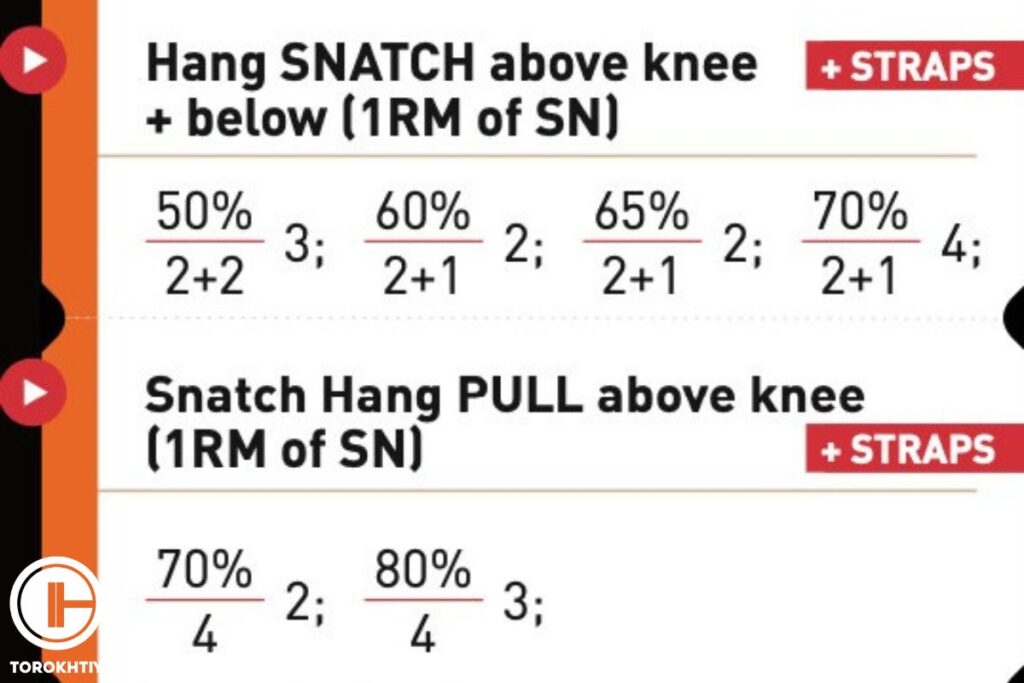
Adjusting these variables helps create a balanced and effective training program that promotes continuous improvement and prevents burnout. Striking the right balance between intensity and volume is key to achieving the desired training adaptations without compromising recovery.
2. Limitation and Accuracy of Estimated 1RM Values
While 1 RM estimates are useful, they can sometimes be inaccurate. Factors such as fatigue, nutrition and individual differences can affect the actual maximum lift. Therefore, it’s important to use weightlifting conversion charts with caution and be mindful of their limitations.
Testing your actual 1RM can help ensure that your training loads remain accurate and effective. Being aware of the limitations of estimated 1RM values helps in making necessary adjustments to train programs and sharing and remain realistic and safe.
Rep Max Calculator
| RM | Average | % |
|---|
This understanding prevents overestimation or underestimation of training, thereby promoting more effective and efficient training sessions.
3. Don’t Forget About Auto-Regulation
Auto-Regulation is a technique where lifters adjust their training intensity based on how they feel on a given day. This approach can be used alongside weightlifting percentage charts to ensure training remains effective and safe.
For instance, if you feel particularly strong, you can lift slightly more than planned or if you are feeling fatigued, you might reduce the weight.
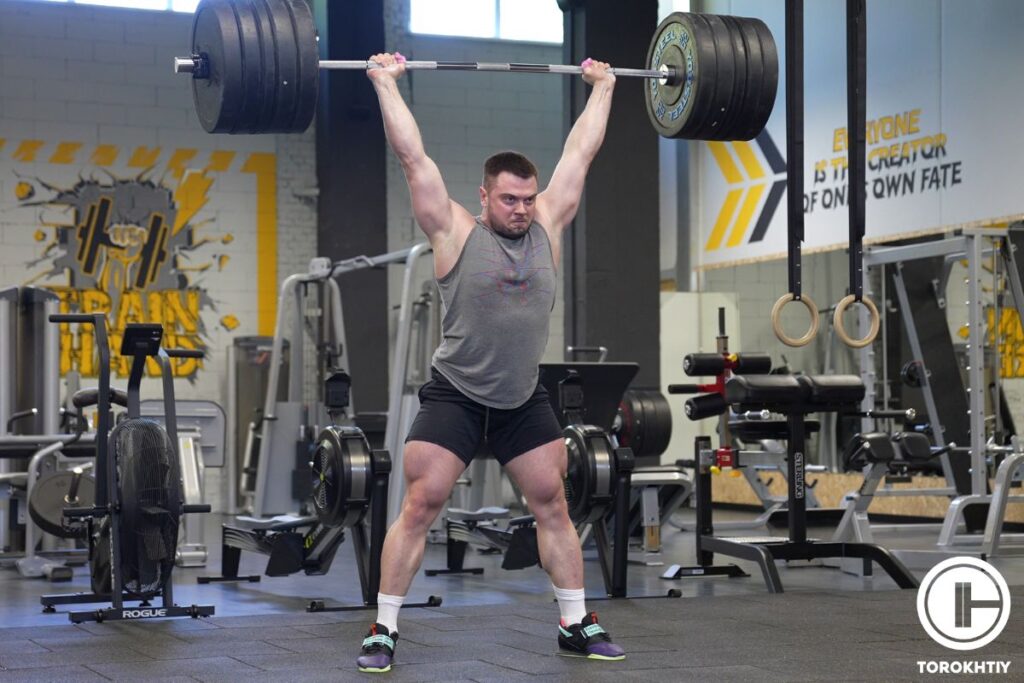
This flexibility helps maintain quality while preventing overtraining. Incorporating over regulation with percentage-based training, provides a more responsive and adaptive approach to weightlifting. This method allows for real-time adjustments, making training more dynamic and aligned with the lifter current state.
FAQ
How Many Reps At 70 Percent?
Typically, you can perform about 8-12 reps at 70% of your 1RM. However, this can vary based on individual endurance and strength levels.
It’s important to listen to your body and adjust the reps accordingly to maintain proper form and avoid injury. Adapting the number of reps to your current condition that you are working within a safe and effective range.
What Is The 10 Percent Rule In Lifting?
The 10 percent rule in lifting suggests that you should not increase your training load by more than 10% per week to avoid injury and ensure steady progress.
This rule helps in managing training, effectively promoting safe and sustainable strength gains. Adhering to this guideline helps in preventing overuse injuries and supports gradual and consistent improvements in performance.
Conclusion
Weightlifting percentage charts are invaluable tools in Olympic weightlifting. They help lifters plan their training, monitor progress and adjust intensity to maximize performance. By incorporating this chart into your routine, you can train smarter and achieve your lifting goals more effectively.
Whether you are a beginner or an advanced lifter, understanding and weightlifting percentage charts can significantly enhance your training outcomes. Utilizing this structured and progress approach to training, helping you achieve consistent and long-term success.
Let us know in the comment section below if you use a percentage chart and if you find it useful for your lifting routine.
Also Read:
- Strong Arms, No Pain: Tackling Elbow Discomfort from Weightlifting
- How To Balance Running And Weightlifting?
- 4 Benefits Of Weightlifting For Seniors + 8 Simple Exercises
- How Many Calories Does Weightlifting Burn: 7 Factors You Should Consider
- Bodybuilding vs Weightlifting: Is It the Same Thing?
- 4 Day Olympic Weightlifting Program
- Arm Exercises for Weightlifting: Are They Important?
References:
- Plotkin D, Coleman M, Van Every D, Maldonado J, Oberlin D, Israetel M, Feather J, Alto A, Vigotsky AD, Schoenfeld BJ. Progressive overload without progressing load? The effects of load or repetition progression on muscular adaptations. PeerJ. 2022 Sep 30;10:e14142. doi: 10.7717/peerj.14142. PMID: 36199287; PMCID: PMC9528903.
- Schoenfeld BJ, Grgic J, Ogborn D, Krieger JW. Strength and Hypertrophy Adaptations Between Low- vs. High-Load Resistance Training: A Systematic Review and Meta-analysis. J Strength Cond Res. 2017 Dec;31(12):3508-3523. doi: 10.1519/JSC.0000000000002200. PMID: 28834797.
- Zhang X, Li H, Bi S, Luo Y, Cao Y, Zhang G. Auto-Regulation Method vs. Fixed-Loading Method in Maximum Strength Training for Athletes: A Systematic Review and Meta-Analysis. Front Physiol. 2021 Mar 12;12:651112. doi: 10.3389/fphys.2021.651112. PMID: 33776802; PMCID: PMC7994759.
- Schoenfeld, B.J.; Grgic, J.; Van Every, D.W.; Plotkin, D.L. Loading Recommendations for Muscle Strength, Hypertrophy, and Local Endurance: A Re-Examination of the Repetition Continuum. Sports 2021, 9, 32. https://doi.org/10.3390/sports9020032
- Lasevicius T, Ugrinowitsch C, Schoenfeld BJ, Roschel H, Tavares LD, De Souza EO, Laurentino G, Tricoli V. Effects of different intensities of resistance training with equated volume load on muscle strength and hypertrophy. Eur J Sport Sci. 2018 Jul;18(6):772-780. doi: 10.1080/17461391.2018.1450898. Epub 2018 Mar 22. PMID: 29564973.
- Photos made by Torolhtiy Media Team.
Why Trust Us?
With over 20 years in Olympic weightlifting, strength training, nutrition coaching, and general fitness our team does its best to provide the audience with ultimate support and meet the needs and requirements of advanced athletes and professional lifters, as well as people who strive to open new opportunities and develop their physical capabilities with us.
By trusting the recommendations of our certified experts in coaching, nutrition, and sports training programming, as well as scientific consultants, and physiotherapists, we provide you with thorough, well-considered, and scientifically proven content. All the information given in the articles concerning workout programming, separate exercises, and athletic performance, in general, is based on verified data.
The product testing process is described in more detail here.
Author: Ihor Shymechko
Pro Olympic Weightlifter, Coach
Best Results: Snatch – 208 kg,
C&J – 240 kg
Ihor has been a professional weightlifter since 1996, boasting over two decades of competition experience. His notable achievements include clinching the European Championship in 2009 and securing a silver medal in the 105kg division at the Senior World Championships in 2011. Ihor represented his country in the 2008, 2012, and 2016 Summer Olympics. After retiring from competitive weightlifting, he transitioned to coaching, leveraging his vast experience to guide athletes who now compete on both national and international stages.
Reviewed by: Oleksiy Torokhtiy
Olympic Weightlifting Champion, PhD in Sport Science
Best Results: Snatch – 200 kg,
C&J – 240 kg
Oleksiy Torokhtiy is a professional athlete boasting 20 years of experience in Olympic weightlifting. With multiple European and World titles under his belt, he has showcased his prowess in two Olympic Games (Beijing 2008 and London 2012). Upon concluding his illustrious career, Oleksiy dedicated himself to coaching. By 2022, he had conducted over 200 weightlifting seminars worldwide. He is the visionary behind an international sportswear and accessories brand known for its motto, “Warm Body Cold Mind.” Additionally, he is an esteemed author and the creator of a series of training programs and eBooks.




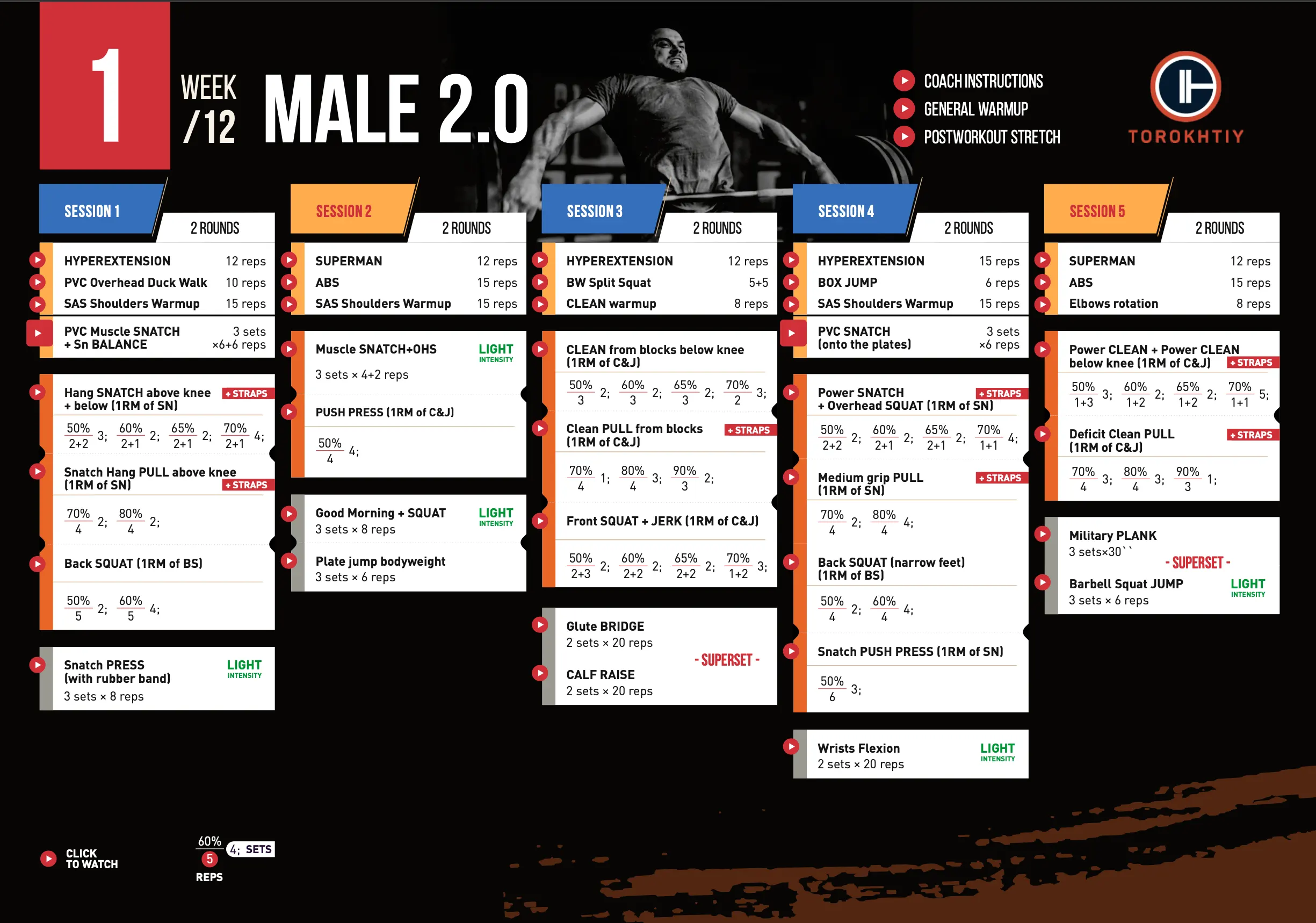
Still have questions after reading our article? Unlock your full potential by engaging with our experts and community! Don’t hesitate — leave a comment below and Ihor Shymechko will provide a personalized answer and insights to help you reach your goals.